Free shipping order over 20,000
Common White Cockatiel
₨ 6,250 Original price was: ₨ 6,250.₨ 5,000Current price is: ₨ 5,000.
- Scientific Name: Nymphicus hollandicus
- Size: Approximately 30-33 cm (12-13 inches) in length, including the tail.
- Weight: Around 80-120 grams (2.8-4.2 ounces).
- Color:
- Body: The Common White Cockatiel has a predominantly white body. The coloration can vary slightly, with some individuals showing faint yellow or pale gray undertones.
- Face: The face and cheeks may be a soft yellow or pale orange, particularly in males. The facial crest, which is a distinctive feature of cockatiels, is also white.
- Wings: The wings are generally white with some light gray or silver markings, depending on the individual.
- Tail: The tail feathers are long and tapered, typically white with some subtle gray or silver shading.
- Beak: Small and pale, usually a light pink or ivory color.
- Eyes: Dark, often contrasting with the white feathers.
- Legs and Feet: Grey or pinkish in color.
SKU: REF. LA-5766-10-1-1-1-1-1-1-1-1-1-1-1-1-1-1-1-1-1-1-1-1-1-1
Categories: PARROTS, Uncategorized
Tag: parrots
Share
Share on facebook
Share on email
Important Keys:
Habitat
- Distribution: Native to Australia, cockatiels inhabit a range of environments from open woodlands to bushlands. The Common White mutation is a result of selective breeding and is typically found in captivity.
- Environment: In captivity, they thrive in spacious cages or aviaries that allow for flight and enrichment. Providing toys, perches, and interaction is important for their well-being.
- Social Structure: Cockatiels are social and enjoy the company of other cockatiels or their human caretakers. They form strong bonds with their owners and are known for their affectionate nature.
Diet
- Primary Food: In the wild, cockatiels feed on seeds, fruits, and other plant material. They are also known to forage for insects and other small invertebrates.
- Captivity Diet: In captivity, a balanced diet should include high-quality seeds, pellets, fresh fruits, and vegetables. They benefit from a variety of foods and should be provided with a range of nutritious options.
- Feeding Behavior: Cockatiels are playful eaters and enjoy foraging. Offering a mix of foods and providing foraging opportunities helps keep them engaged and healthy.
Breeding
- Breeding Season: Cockatiels breed throughout the year in captivity, but in the wild, their breeding season aligns with the Australian spring and summer.
- Nest Location: In the wild, they nest in tree hollows. In captivity, they use nest boxes.
- Egg Quantity: Clutches usually consist of 4-7 eggs.
- Incubation Period: The female incubates the eggs for about 18-21 days.
- Fledging: Chicks fledge approximately 4-6 weeks after hatching, though they continue to be cared for by the parents for a few more weeks.
Lifespan
- In the Wild: Cockatiels typically live around 10-15 years.
- In Captivity: With proper care, they can live up to 15-20 years or more.
Behavior
- Temperament: Cockatiels are known for their friendly, affectionate, and playful nature. They are relatively quiet compared to other parrots but can still be quite vocal with chirps and whistles.
- Social Interaction: They are social birds and enjoy interaction with their human caregivers and other cockatiels. They can be taught to mimic sounds and simple words, and they often enjoy being handled and cuddled.
- Vocalization: Their vocalizations include a range of soft whistles, chirps, and occasional calls. Males are especially good at mimicking sounds and can be trained to speak or whistle tunes.
![]()
Be the first to review “Common White Cockatiel” Cancel reply
Related Products
-
-20%
Lotino Gouldian Finch
₨ 15,000Original price was: ₨ 15,000.₨ 12,000Current price is: ₨ 12,000. -
-20%
Common Gouldian Finch
₨ 12,500Original price was: ₨ 12,500.₨ 10,000Current price is: ₨ 10,000. -
-19%
White Bengalese
₨ 1,850Original price was: ₨ 1,850.₨ 1,500Current price is: ₨ 1,500. -
-21%
Euro Bengalese
₨ 3,800Original price was: ₨ 3,800.₨ 3,000Current price is: ₨ 3,000. -
-20%
-
-20%
White Zebra Dove
₨ 43,750Original price was: ₨ 43,750.₨ 35,000Current price is: ₨ 35,000. -
-20%
Diamond Pied Dove
₨ 6,250Original price was: ₨ 6,250.₨ 5,000Current price is: ₨ 5,000.
Sign Up for Exclusive Birds Care Tips and Offers from Phool Panchi
Company links
Category
Contact
© 2024 Phool Panchi | Developed By v3Studio
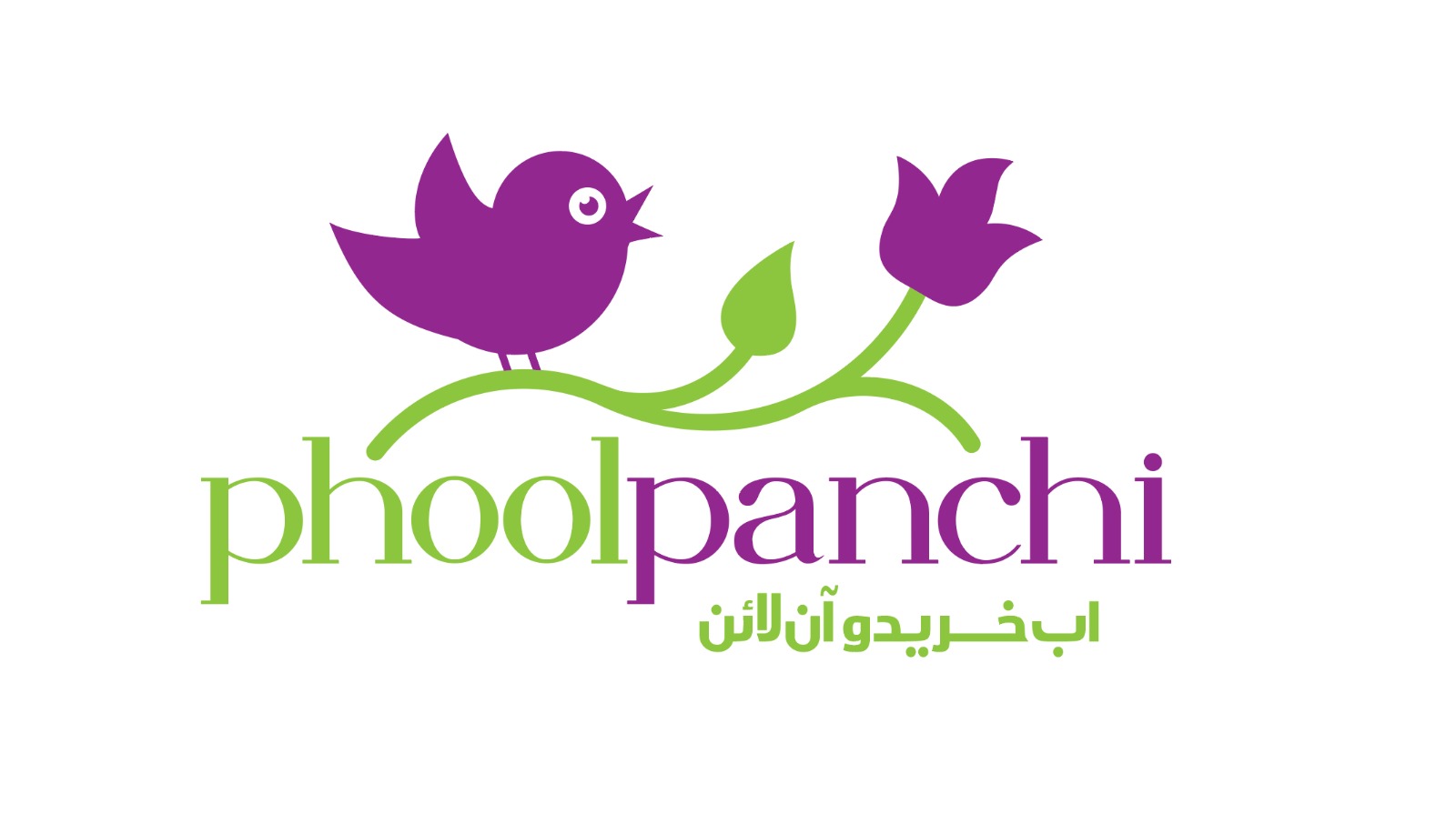







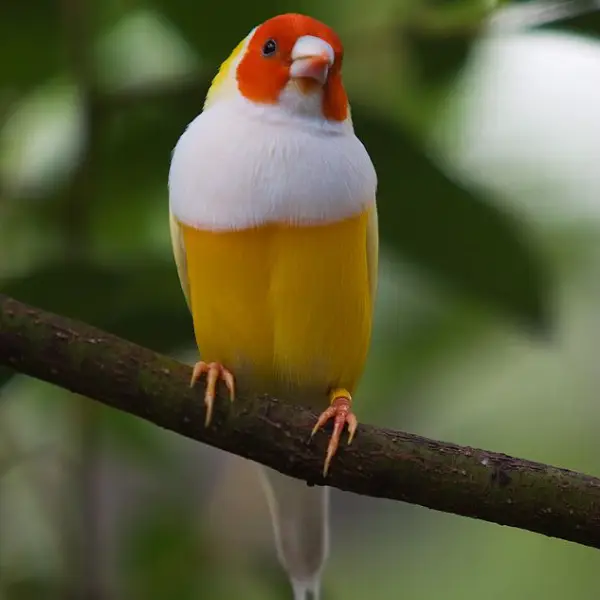
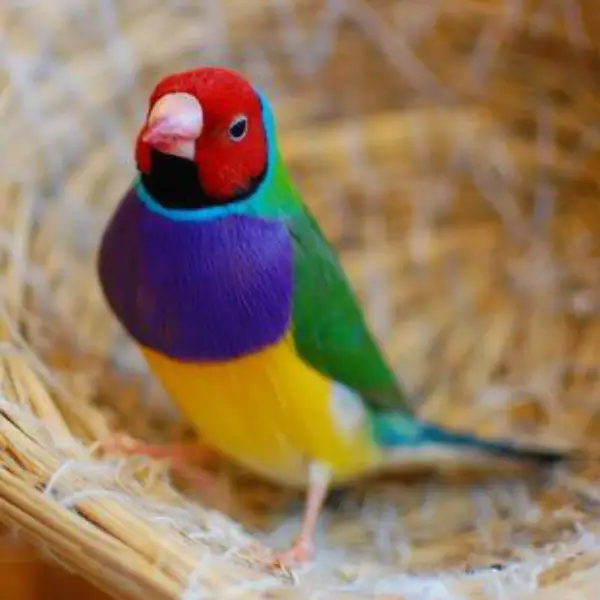
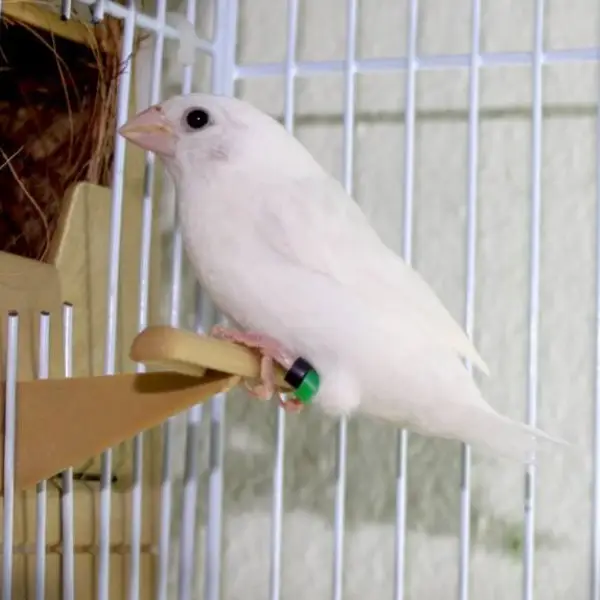

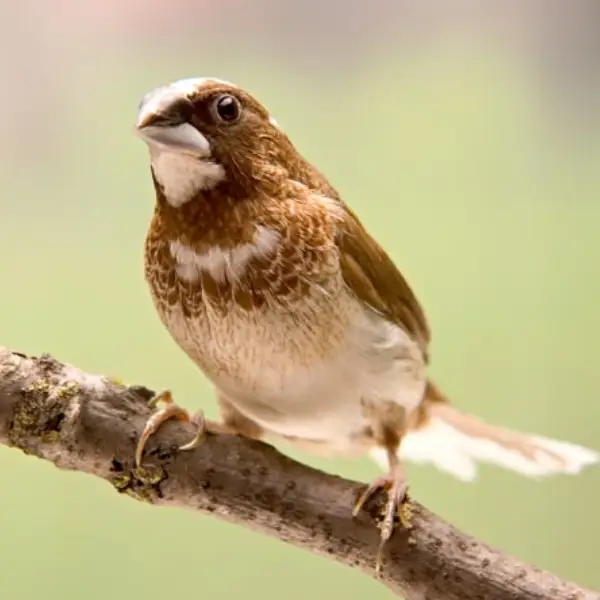
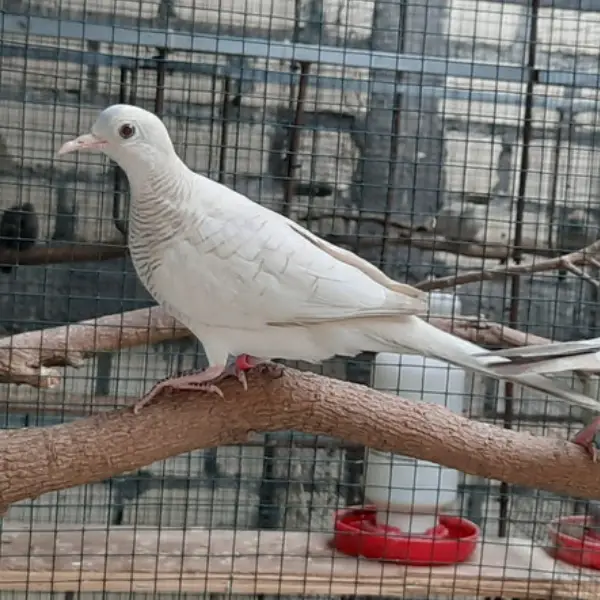
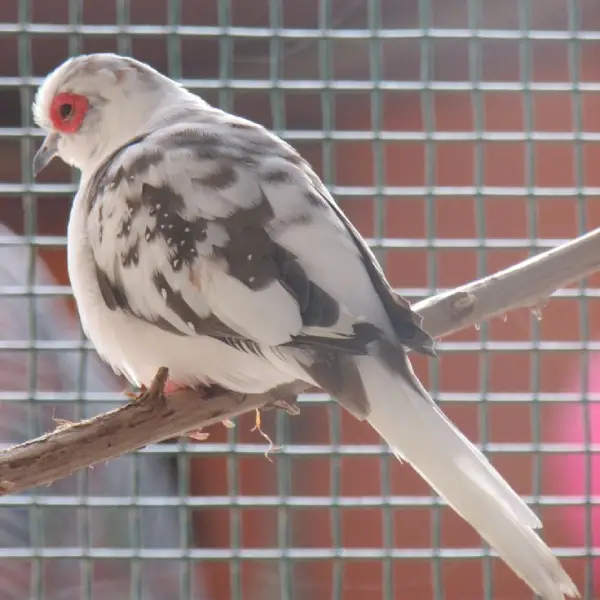
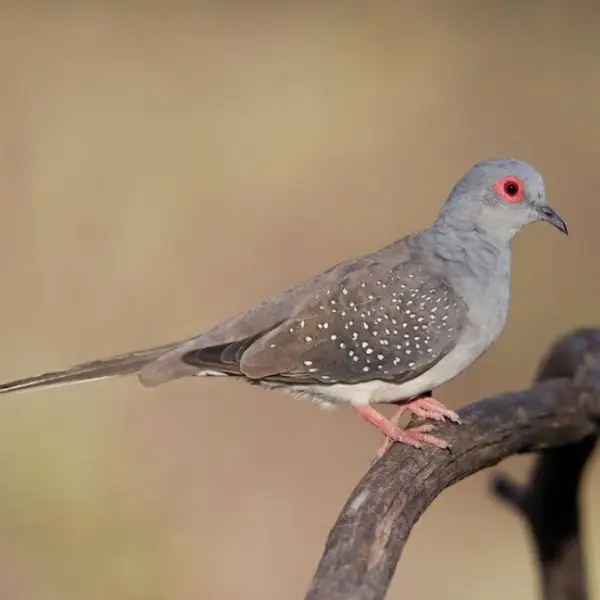
Reviews
There are no reviews yet.